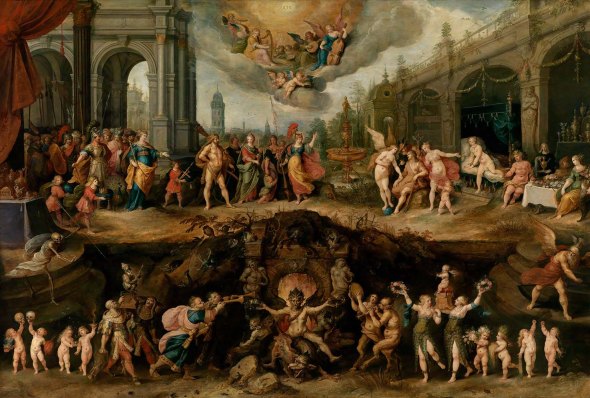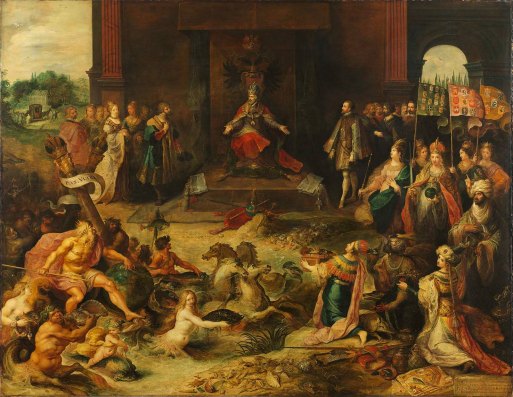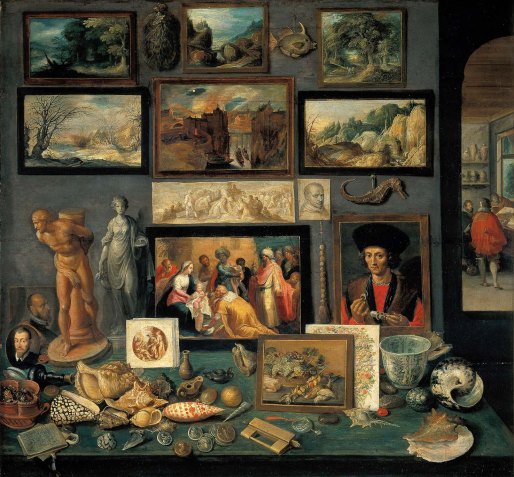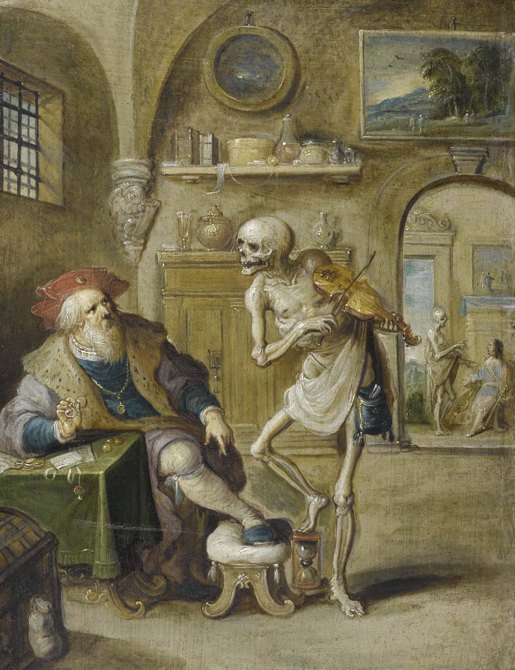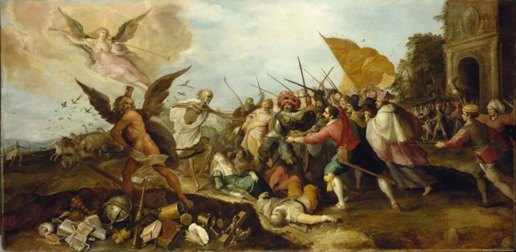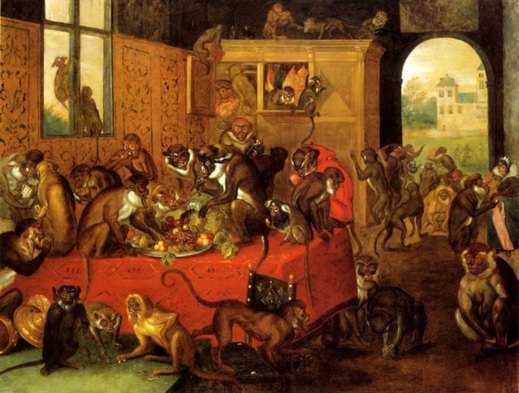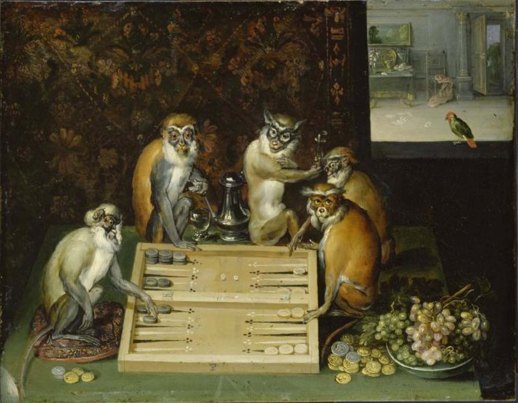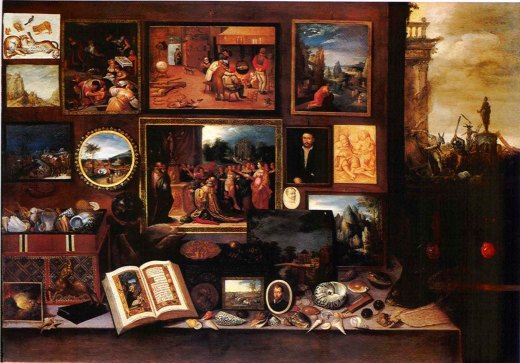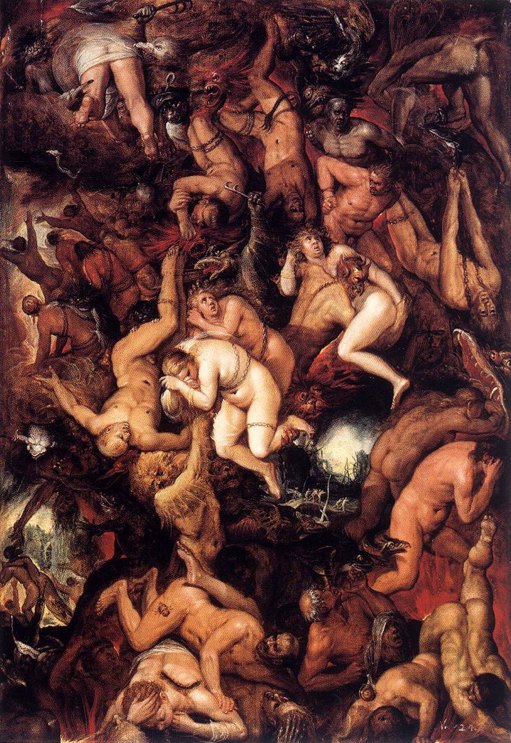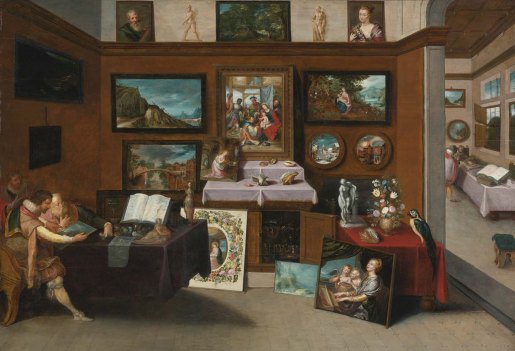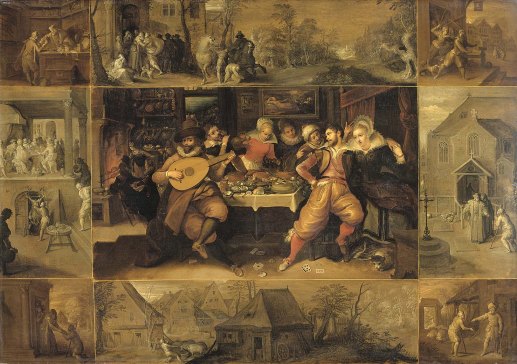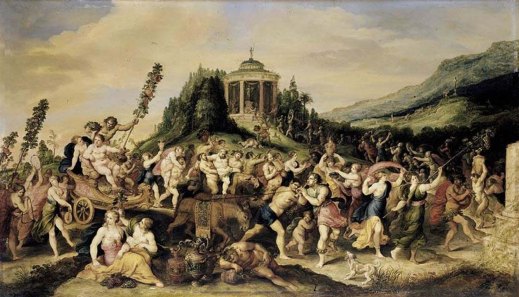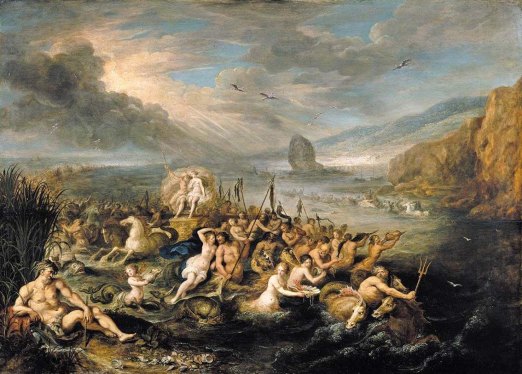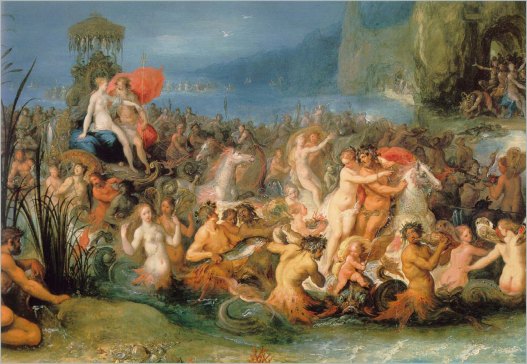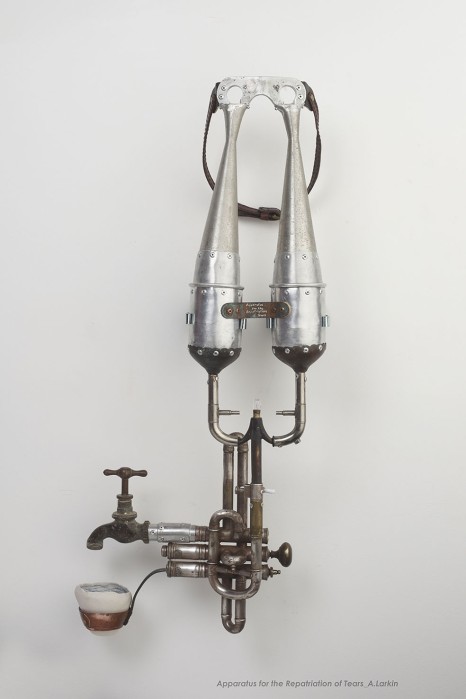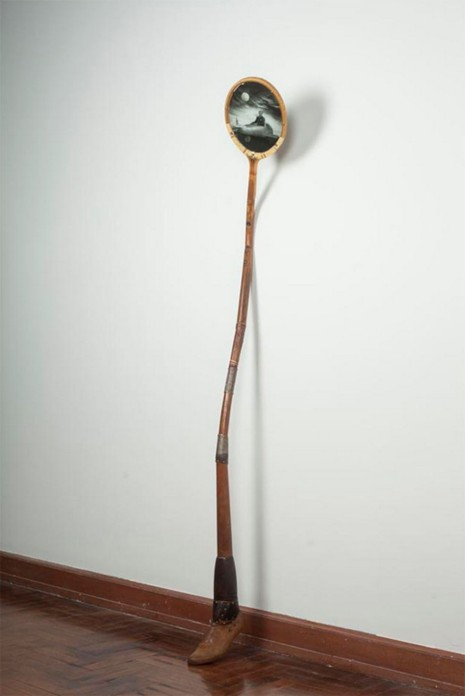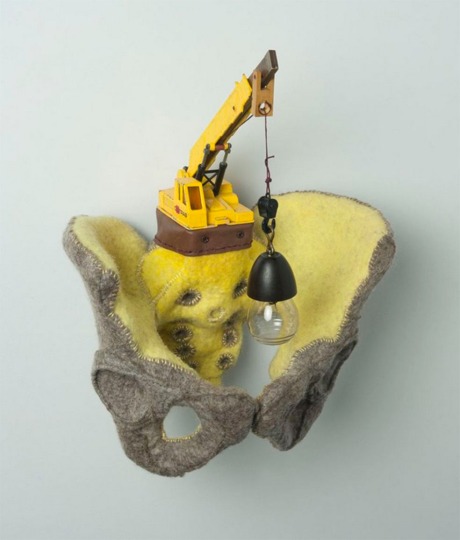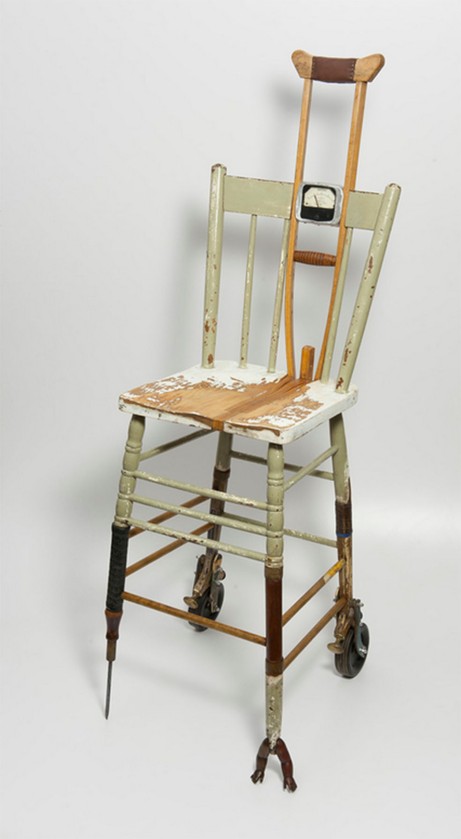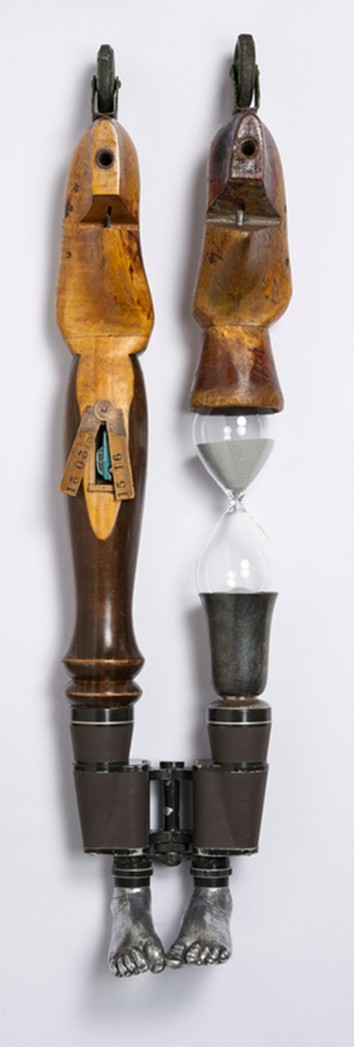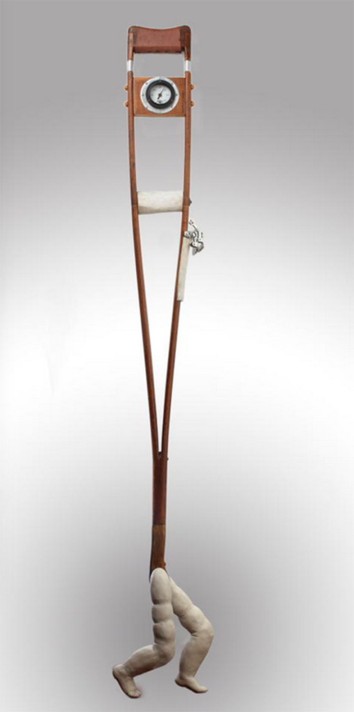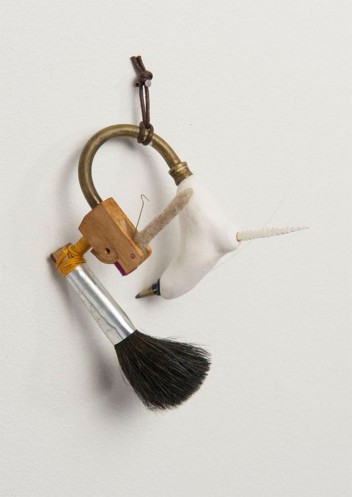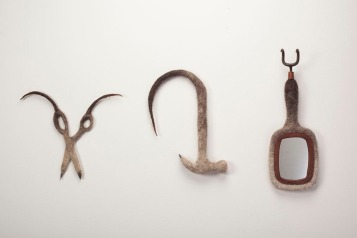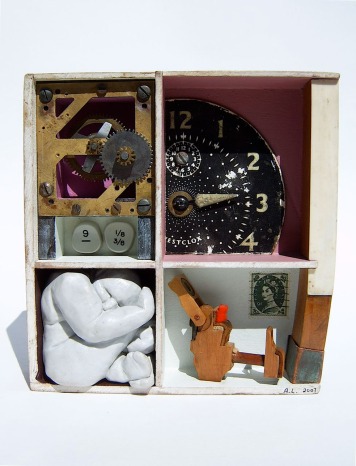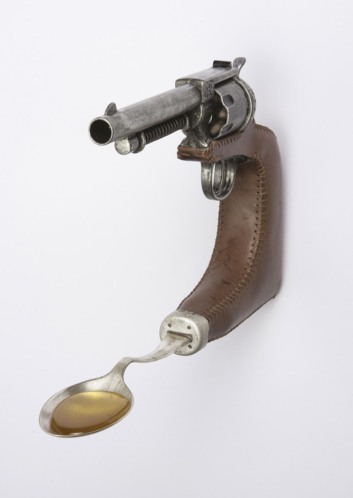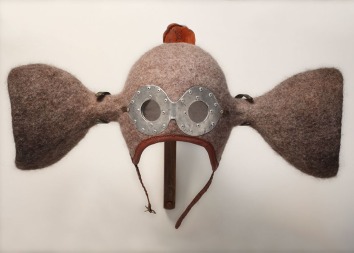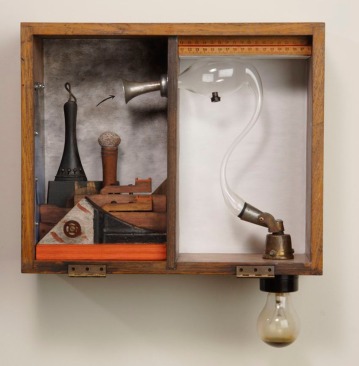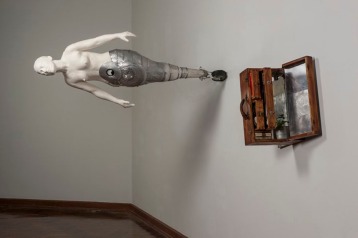









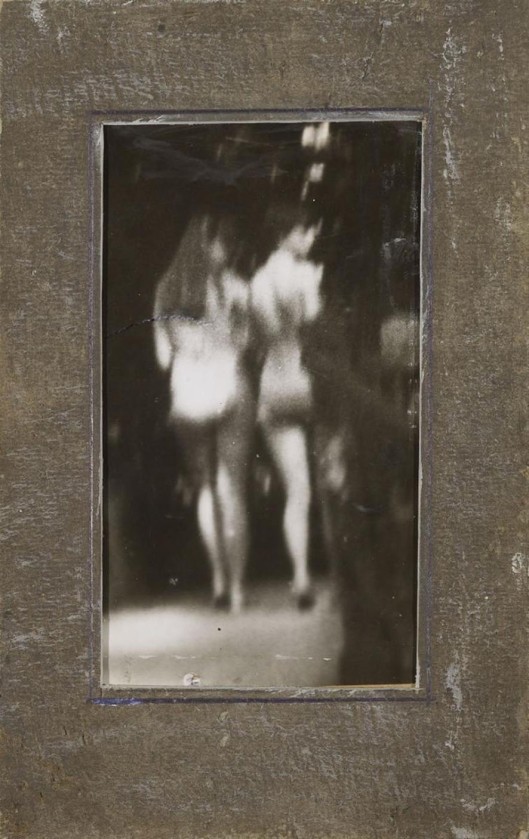
Born in Moravia in 1926, Tichý studied painting at the Academy of Fine Arts (SVU) in Prague in the years immediately following the SecondWorldWar. After Czechoslovakia’s adoption of communism in 1948, he left the Academy and turned his back on the official art world, withdrawing from mainstream society, in part as a political response to the social and cultural repressions of the regime. Regarded as a talented painter and draftsman influenced by Picasso and the German Expressionists, Tichý did not agree with the prevailing socialistrealismoftheday, instead formingan artist collective knownastheBrněnskáPětka (Brno Five) with other likeminded SVU alumni. Constantly threatened and watched by the regime, the group took great risk in producing their work, even holding a clandestine exhibition in the Kyjov hospital in 1956. Tichý benefitted from the small, yet vibrant, cultural scene of Kyjov, taking in dance performances, plays, and beginning his first photographic experimentations with the artist Ladislav Víšek. Prone to mental breakdowns since his youth,Tichý worked alongside his peers until an apparen tpsychotic episode justbefor ea planned exhibitionin1957 from which he withdrew his images. His work was not exhibited again until nearly four decades later. Over the years, his deliberately nonconformist lifestyle—as well as his mental illness—landed him in trouble with the authorities and led to periods of confinement in psychiatric institutions and the loss of his studio in 1972.
Living in near isolation in his hometown of Kyjov, Tichý conceived a world populated by images of the local women, taking thousands of photographs from the 1960s through the late 1980s. Though he never stopped producing paintings and drawings, Tichý focused the majority of his attention on the photographic medium, practically reinventing it to suit his artistic vision of capturing the feminine essence with light. Save for the film, chemicals, and photographic paper he bought from a nearby drugstore, all his photographic equipment was self-made. Using cameras inventively constructed from found materials—shoeboxes, tin cans, clothing elastic, toilet paper rolls, even cigarette boxes—Tichý obsessively returns to the subject of the female form, whether viewed from afar with his makeshift telephoto lenses, or captured from the television screen. His intuitive method of photographing during daily walks about town might appear amateur in ambition, but the intensity, frequency, and regularity with which he creates reveal a unique and distinctly personal style of photography. Despite his camera’s crude optics—the lenses were cut from Plexiglas polished with sandpaper, toothpaste, and ashes—and skewed framing, the resulting images are formally complex, reflective of Tichý’s early art training, and vaguely reminiscent of the early works of the classical pictorial tradition. His images of women—often in bathing suits, bare-legged, or simply walking about town—are subtly erotic, taken from afar, often without the knowledge of the subjects. Tichý often embellished the surfaces and borders of these scratched, blurred, torn, and spotted images by drawing directly on them in pen or pencil, heightening the expressive quality created by his imperfect equipment. Sometimes framed or mounted on newspaper or cardboard, these highly personal objects were created for his own viewing pleasure, each negative printed only once with a homemade enlarger.

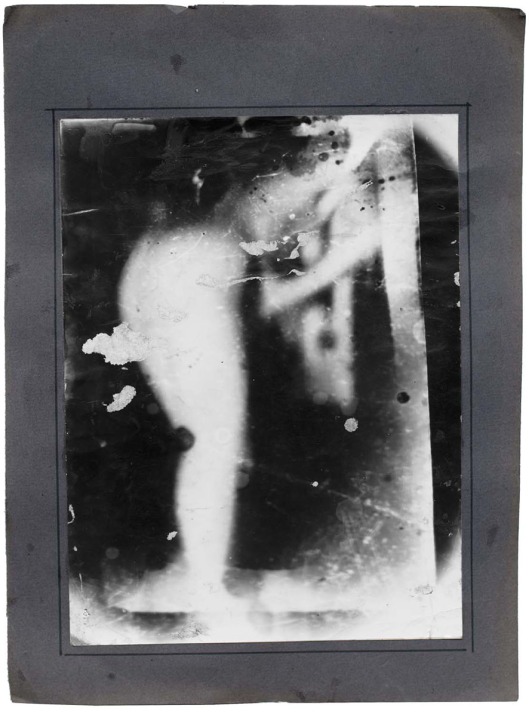


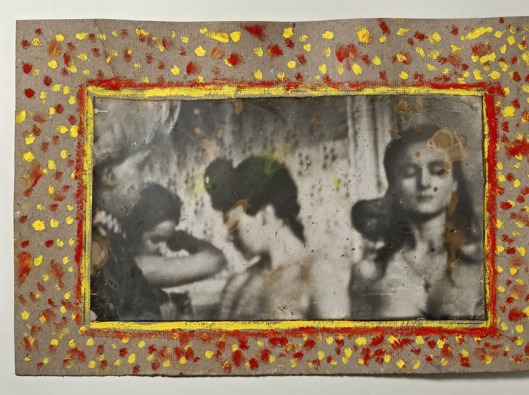



Miroslav Tichy

Miroslav Tichy’s camera

 Agora II
Agora II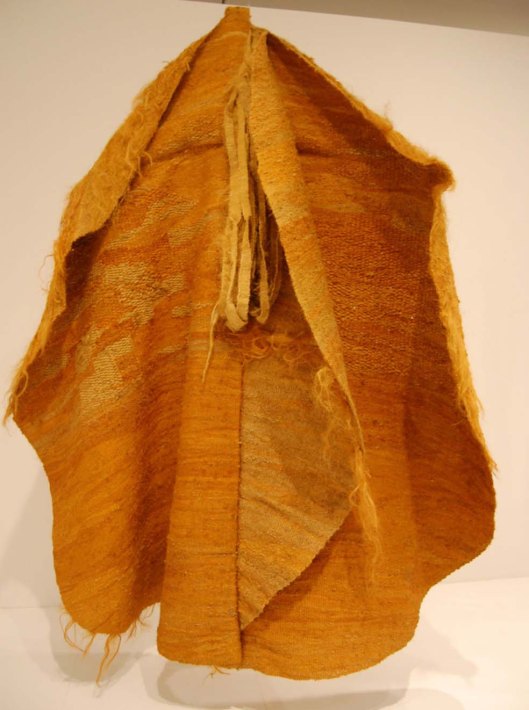 Yellow Abakan
Yellow Abakan The Group of Seven
The Group of Seven Red Albakan
Red Albakan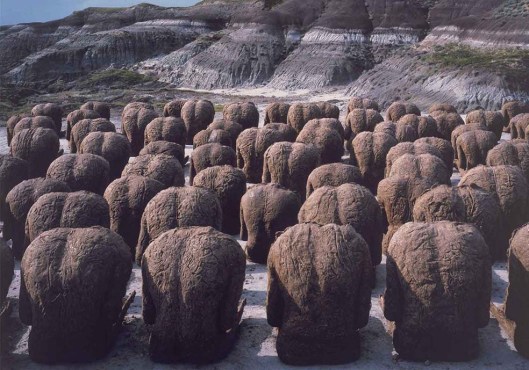 Plecy
Plecy Mammal Head
Mammal Head The Group of Seven
The Group of Seven Klatka i plecy
Klatka i plecy Grey Albakan
Grey Albakan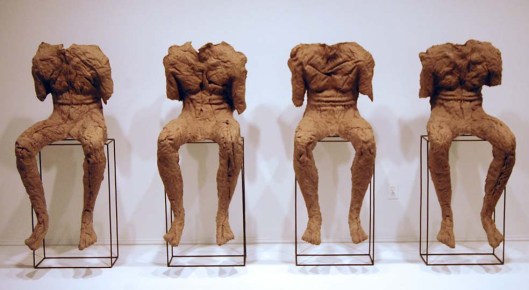 Four seated figures
Four seated figures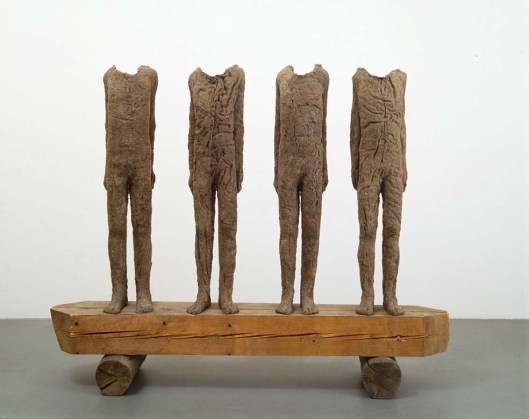 Four on a Bench
Four on a Bench Crowd
Crowd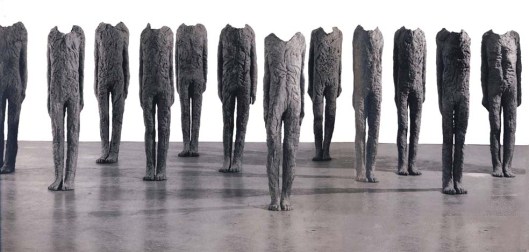 Crowd IV,
Crowd IV, Coexistence
Coexistence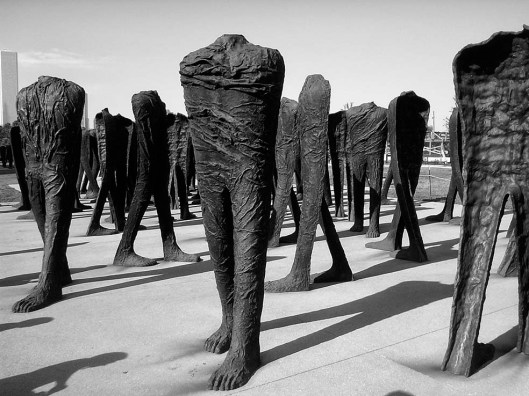 Agora
Agora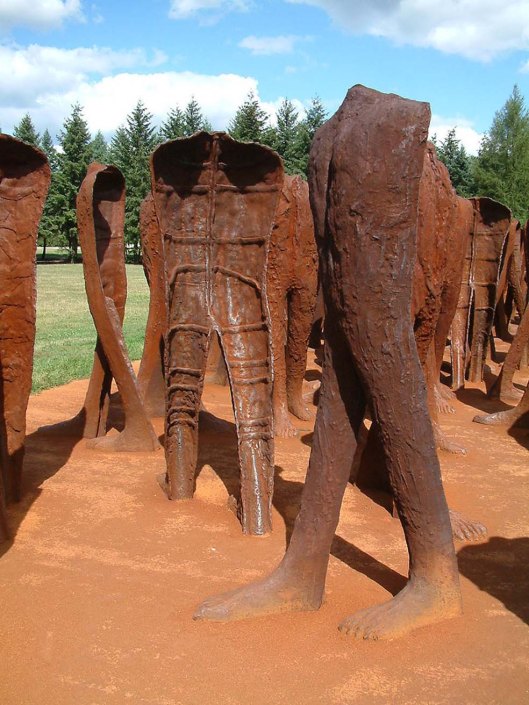 Agora III
Agora III Errante 1936
Errante 1936 Mythology Series. The cyclops 1939
Mythology Series. The cyclops 1939 Mythology Series. 1939
Mythology Series. 1939 Untitled c1936
Untitled c1936 Transvestite
Transvestite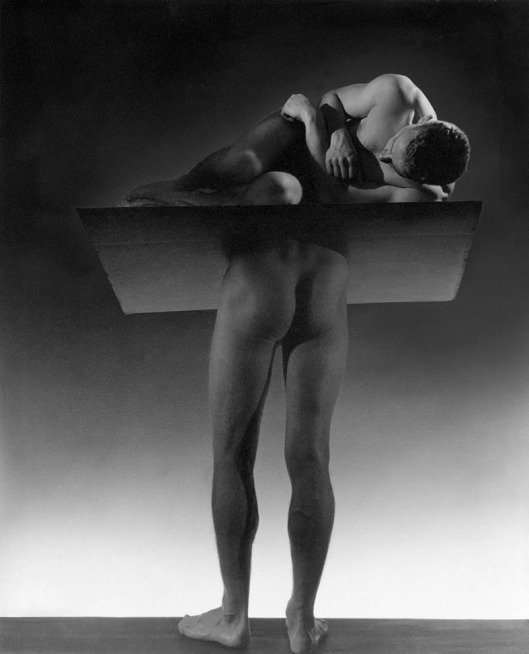 The Sleepwalker, 1935
The Sleepwalker, 1935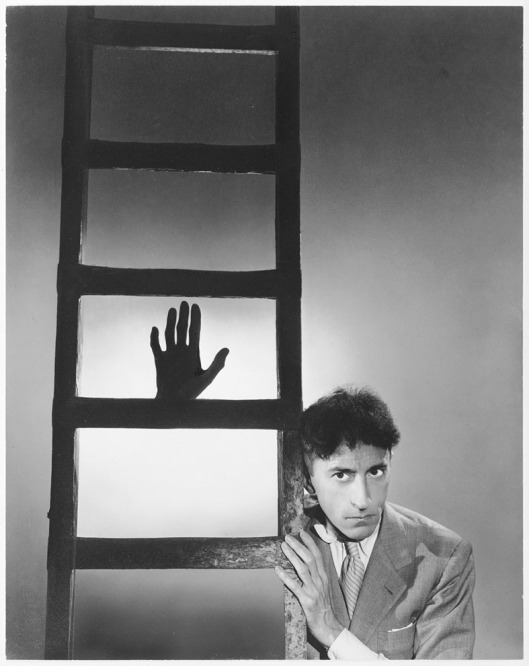 Jean Cocteau 1936
Jean Cocteau 1936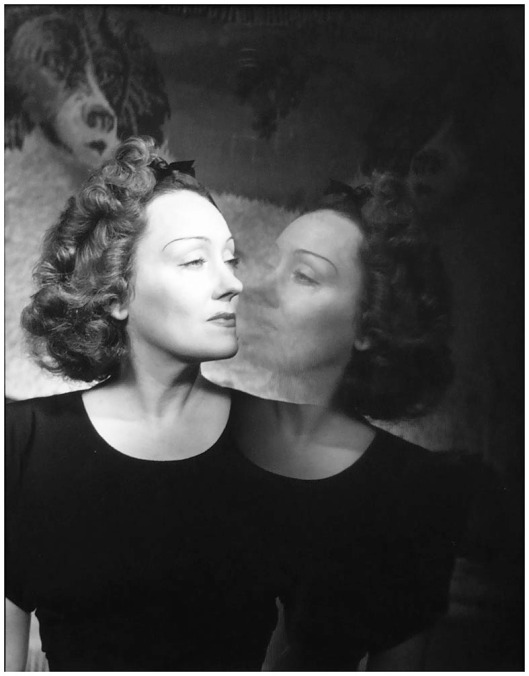 Gloria Swanson 1939
Gloria Swanson 1939 Mythology Series. Endymion and Selene 1939
Mythology Series. Endymion and Selene 1939 Mythology Series. Cyclopes 1939
Mythology Series. Cyclopes 1939 Untitled c1939
Untitled c1939 Untitled c. 1943
Untitled c. 1943 Untitled. 1935
Untitled. 1935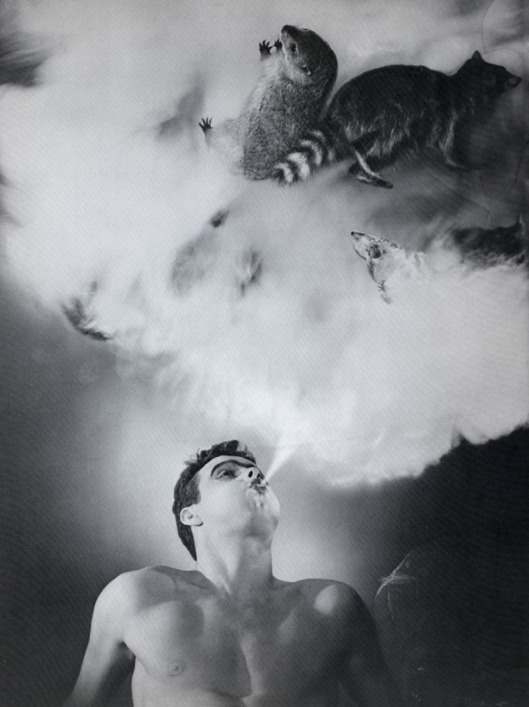 Mythology Series. Boreas 1939
Mythology Series. Boreas 1939 Mythology Series. Birth of Dionysus 1939
Mythology Series. Birth of Dionysus 1939 Untiled 1951
Untiled 1951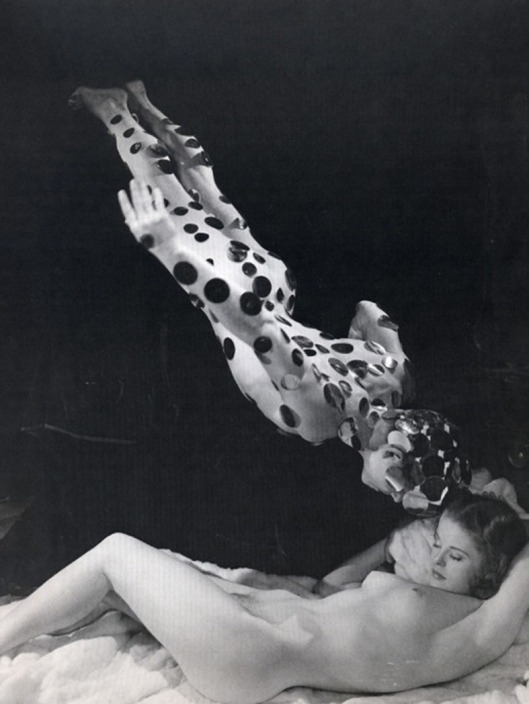 Mythology Series. Danæ and the Shower of Gold 1939
Mythology Series. Danæ and the Shower of Gold 1939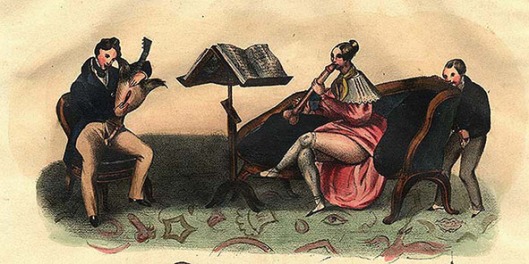








































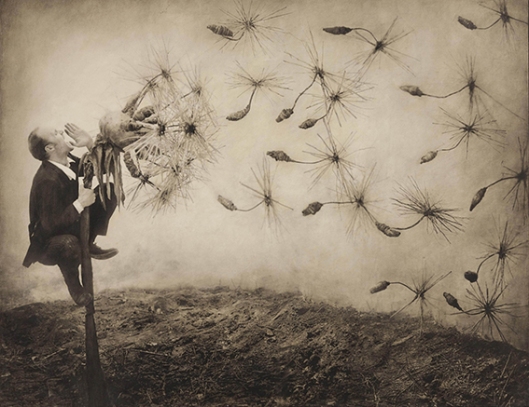















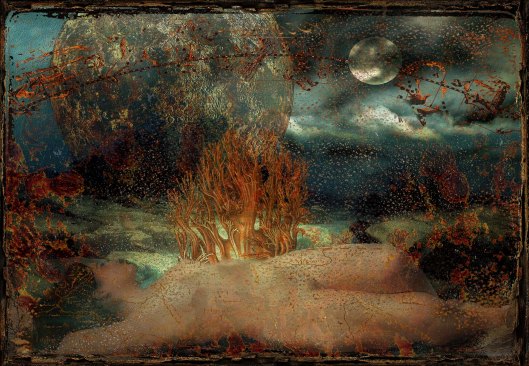





 Self Deceit, Rome 1978
Self Deceit, Rome 1978 Untitled (Providence) 1975-78
Untitled (Providence) 1975-78 Untitled 1975
Untitled 1975 Untitled II, Rome, 1977–1978
Untitled II, Rome, 1977–1978 Untitled III Rome, 1977–1978
Untitled III Rome, 1977–1978
 Untitled 1975–80
Untitled 1975–80 Self portrait talking to Vince
Self portrait talking to Vince Providence Rhode Island II 1977
Providence Rhode Island II 1977 Providence Rhode Island 1977
Providence Rhode Island 1977 From Eel series, Rome, 1977–1978
From Eel series, Rome, 1977–1978 Untitled Rome, 1977–1978
Untitled Rome, 1977–1978 Untitled
Untitled Untitled V Rome, 1977-1978
Untitled V Rome, 1977-1978